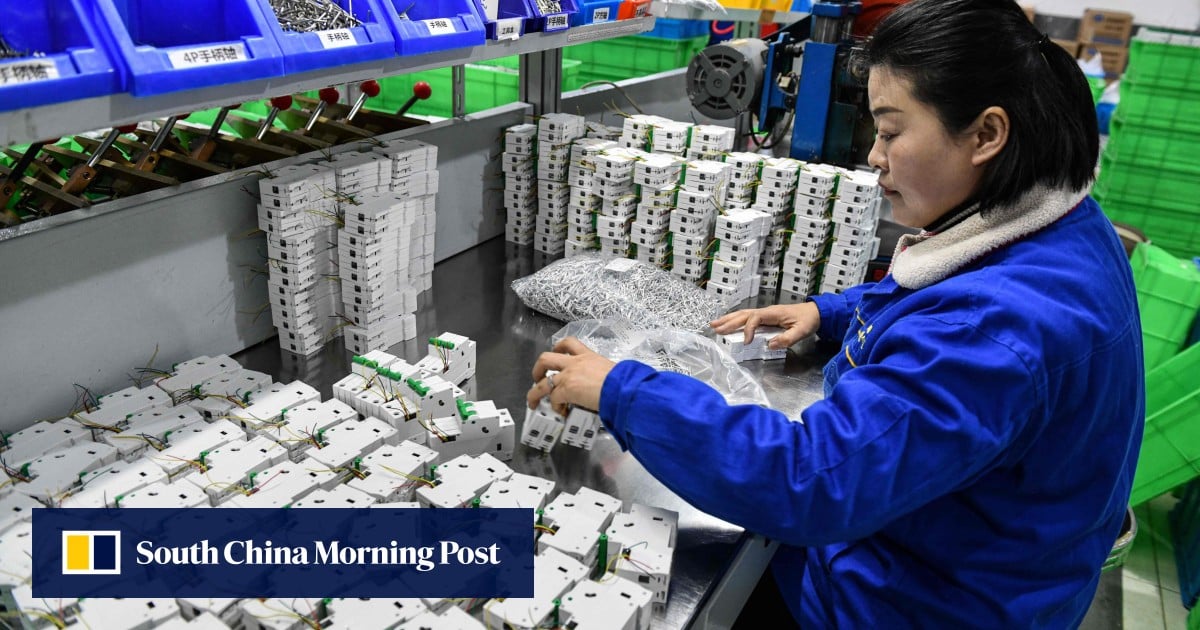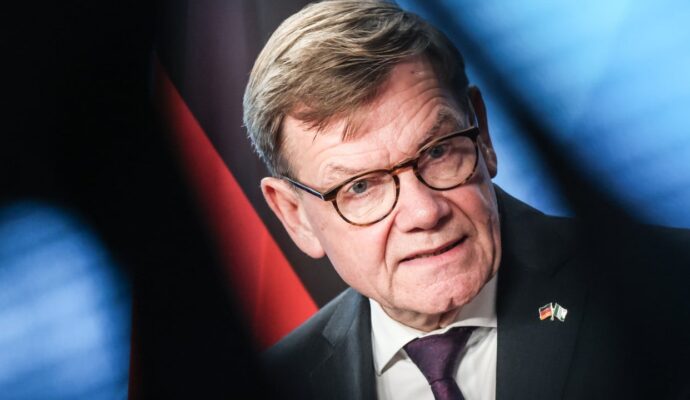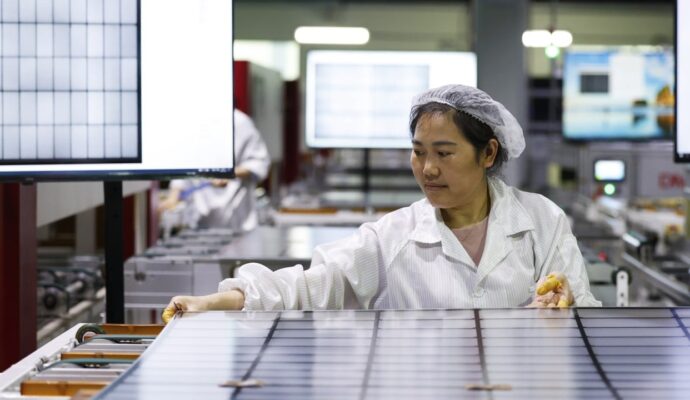
China is facing a set of hurdles to sustain solid economic expansion in 2024 after it reported upbeat growth last year.
Its gross domestic product (GDP) rose by 5.2 per cent year on year in 2023, the National Bureau of Statistics (NBS) said on Wednesday, well above the government target of “around 5 per cent”.
The world’s second-largest economy also grew 1 per cent in the last three months of 2023 from the previous quarter, the NBS said, after quarter-on-quarter growth had picked up to 1.3 per cent in the third quarter due to Beijing’s stimulus efforts to prevent the economy from sliding off track.
“The yearly 5.2 per cent growth is achieved on the previous year’s low base and falls short of the widespread expectation of a story recovery at the beginning of 2023,” said Zhu Tian, a professor of economics at the China Europe International Business School in Shanghai.
But focus has already shifted to 2024, with waning investor confidence, a slumping property market, a weak private sector and deflationary risks weighing on its outlook.
China’s youth-unemployment rate returns, stands at 14.9% when adjusted
China’s youth-unemployment rate returns, stands at 14.9% when adjusted
Speaking at a press conference on Wednesday, NBS director Kang Yi said the external environment was increasingly complex, severe and uncertain, and that economic growth was still facing difficulties and challenges.
“On top of economic growth, other requisites for a confidence boost include a stable property market, receding deflationary pressure, as well as less policy unpredictability,” Yu Xiangrong, chief economist for Greater China at Citigroup, said during a webinar last week.
Property investment, which has been a major drag on the post-Covid recovery, fell by 9.6 per cent in 2023 having dropped by 9.4 per cent in the first 11 months of last year.
The property slump also affected the recovery of the private sector, which is a backbone of growth and job creation, as the sector’s investment fell by 0.4 per cent last year, compared with a fall of 0.5 per cent in the first 11 months of 2023.
It is in contrast with a rise of 3 per cent for overall fixed-asset investment last year.
China has pinned its hopes on hi-tech sectors to power its economic growth over the long run as it struggles to shake off heavy reliance on real estate and also counter US tech containment efforts.
This year’s policy combination could be more expansionary, with fiscal and quasi-fiscal policies to be ramped up, supported by monetary tools
“The overlapping of property sector stress and the emergence of new growth engines – like technological innovation, advanced manufacturing and modernised infrastructure – means China is seeing a dual-track recovery,” added Yu.
Retail sales growth slowed to 7.4 per cent in December, from 10.1 per cent a month earlier, while retail sales in 2023 grew by 7.2 per cent compared to a year earlier.
Industrial output picked up in December after expanding by 6.8 per cent, up from a rise of 6.6 per cent a month earlier. The gauge grew by 4.6 per cent overall last year.
“This year’s policy combination could be more expansionary, with fiscal and quasi-fiscal policies to be ramped up, supported by monetary tools,” Yu said.
Chen Zhiwu, chair professor of finance at the University of Hong Kong, said restoring confidence would be key, but that it would take much more than just talk.
“The really useful and meaningful way to boost household and private business confidence is to depoliticise both economic policymaking and the business sector,” he said.
“Otherwise, the ‘3D’ challenges – deflation, debt and deleveraging – will continue.”


